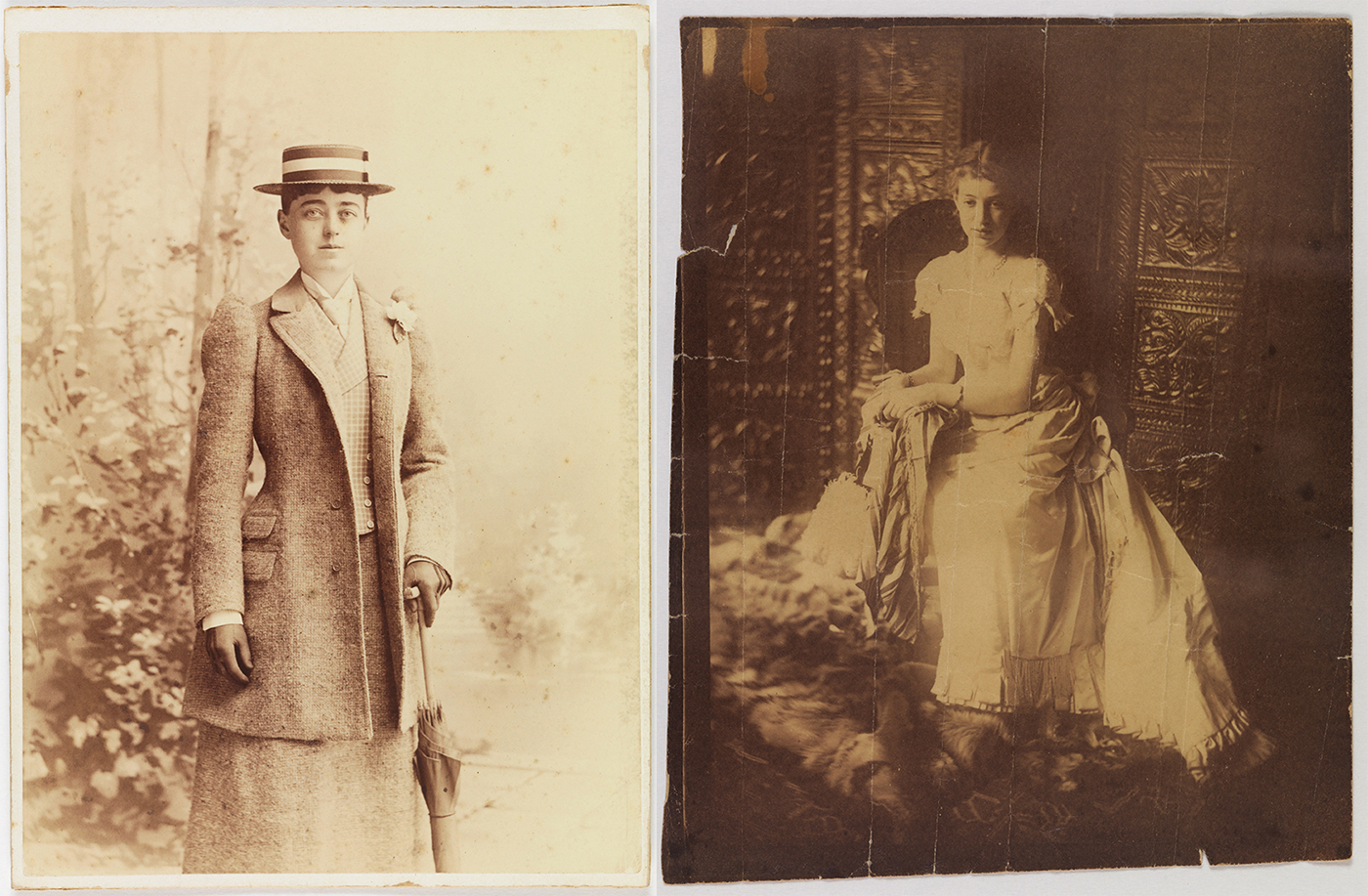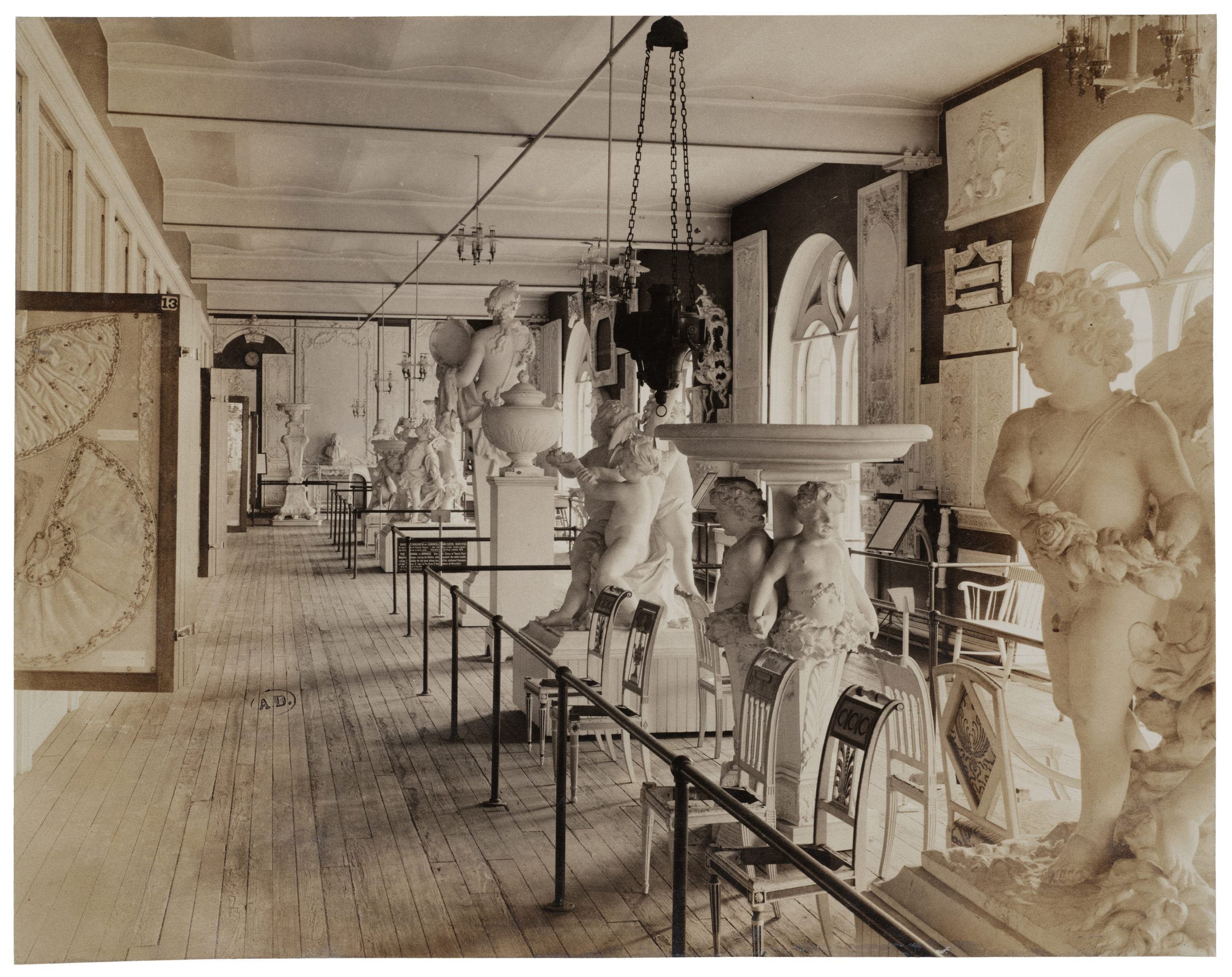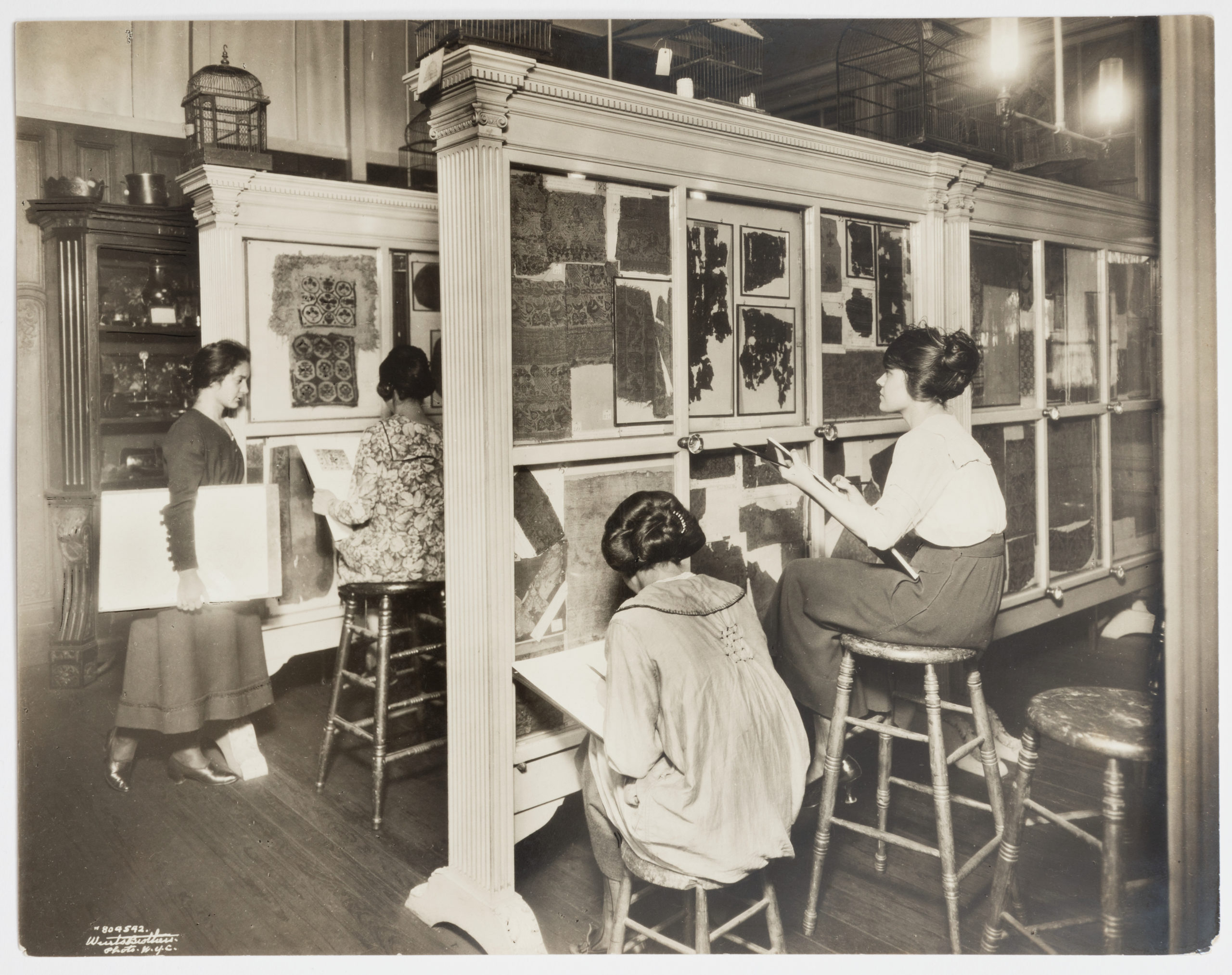Cooper Hewitt’s Founding Women

Sarah Hewitt, ca. 1890–92, and Eleanor Hewitt, ca. 1888. Collection of Anna Engesser Parmee.

Sarah Hewitt, ca. 1890–92, and Eleanor Hewitt, ca. 1888. Collection of Anna Engesser Parmee.
Sarah (1859–1930) and Eleanor (1864–1924) Hewitt were pioneers in the field of design education who established what is known today as Cooper Hewitt, Smithsonian Design Museum.
Growing up, Sarah and Eleanor were immersed in a world of art and books, and the family traveled to Europe every year. Their insatiable curiosity led them to buy books, drawings, and textiles that would later appear in the museum, and learn how to collect, organize, and exhibit objects from the directors of Musée des Arts Décoratifs in Paris.
The sisters were inspired by their grandfather, Peter Cooper (1791–1883), the renowned inventor, manufacturer, and philanthropist. In 1859, Cooper opened The Cooper Union for the Advancement of Science and Art—a free school for young men and women—and envisioned having a museum there one day.

Photographs, Cooper Union Museum Galleries, 1905; © MAD, Paris – Christophe Dellière
Sarah and Eleanor made their grandfather’s dream come true, opening The Cooper Union Museum for the Arts of Decoration in 1897.
The sisters’ vision for the museum was a novel one. The galleries were free for all to visit and open late so that working visitors and artisans could have access. Objects on display were meant to be used—measured, handled, photographed, sketched, and compared—and discussion was encouraged. Labels provided contextual information, and an extensive library was readily available for additional research. It was, as the sisters themselves called it, a modern museum.
Friends and family rallied behind Sarah and Eleanor’s vision and were vital in the growth of the museum’s collections and operations. In 1905, the sisters opened Au Panier Fleuri, likely the first museum shop in the United States. Featuring decorative home accessories inspired by The Cooper Union Museum’s collections and created by students from The Cooper Union Women’s Art School, the shop provided aspiring designers with experience and credentials for future employment opportunities.

Students studying textiles from J. P. Morgan gift in the Cooper Union Museum galleries, 1925; Cooper Hewitt, Smithsonian Design Museum
With support from friends and family, Cooper Hewitt continues to offer design inspiration and resources for all.
Visitors today will find many differences. The museum is now located in the mansion that was once the home of industrial magnate Andrew Carnegie—and is part of the Smithsonian family. The collection has expanded to include both historical and contemporary objects, and new technologies enable people around the world to enjoy Cooper Hewitt from wherever they are.
While times have changed, Sarah and Eleanor’s legacy lives on. From interactive exhibitions to hands-on workshops, Cooper Hewitt continues to offer immersive design experiences for people of all ages and experience levels. Through career fairs and mentorship opportunities, in partnership with organizations like the Boys & Girls Club, it supports emerging designers in their professional development journey. And the museum’s library, publications, classroom materials, and online content make additional design education resources accessible for everyone.
See how you help keep Sarah and Eleanor’s vision alive! Visit Cooper Hewitt to experience the exhibition Sarah & Eleanor Hewitt: Designing a Modern Museum, on view through October 10, 2022.
Special Thanks
This article is based on research by Margery Masinter, design historian and Cooper Hewitt trustee.
Featured Image: Sarah Hewitt, ca. 1890–92, and Eleanor Hewitt, ca. 1888. Collection of Anna Engesser Parmee.